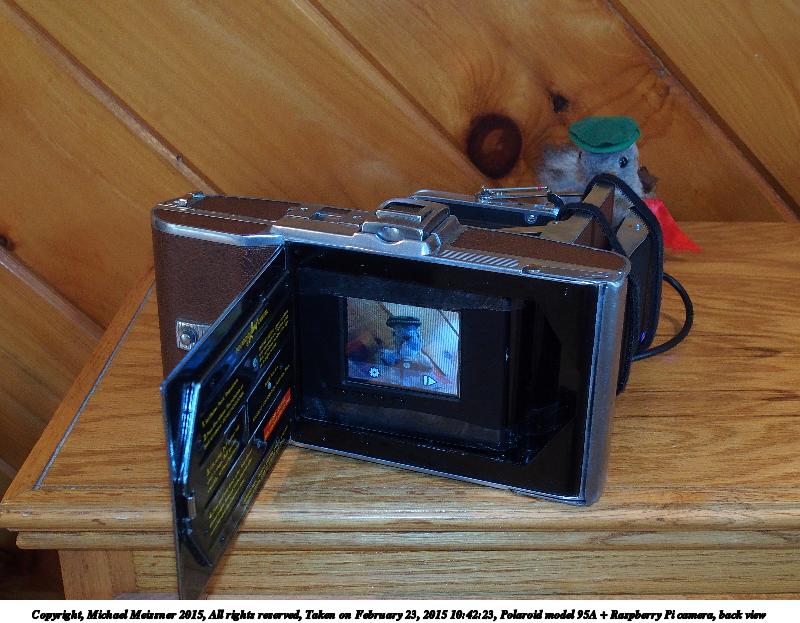MichaelMeissner
Senior Member+
I have a Raspberry Pi, and I've been thinking about hooking up a Teensy to it to do neopixels, etc. One of the components of my Pi setup is to use one of the cheap ds3231 real time clocks to allow the pi to set the local time when booting when NTP is not available. Now, I could continue to have both the Teensy and the RTC on the i2c bus, but if I could make a Teensy 3.0/3.1 use its real time clock (with the backup coin battery) and interact on the i2c bus like a ds3231 would, I wouldn't have to include the RTC.
I'm still mulling over whether it would be better to use the external RTC (which is more accurate due to the temp. conversion) and use a Teensy LC to avoid having to do level conversion for the neopixels or go the 3.0/3.1 route and drop the RTC, adding level conversion. I don't need the advanced support of the ds3231 (EEPROM, interrupt support, etc.), all I need to do is interact with the Pi's hwclock command to read the current time and set the current time.
Yes, I'm aware of the kernel driver on the Pi to do neopixels, but every so often, I see complaints that it stopped working when doing updates, and I'm already familiar with the Teensy way of doing things.
I'm still mulling over whether it would be better to use the external RTC (which is more accurate due to the temp. conversion) and use a Teensy LC to avoid having to do level conversion for the neopixels or go the 3.0/3.1 route and drop the RTC, adding level conversion. I don't need the advanced support of the ds3231 (EEPROM, interrupt support, etc.), all I need to do is interact with the Pi's hwclock command to read the current time and set the current time.
Yes, I'm aware of the kernel driver on the Pi to do neopixels, but every so often, I see complaints that it stopped working when doing updates, and I'm already familiar with the Teensy way of doing things.



